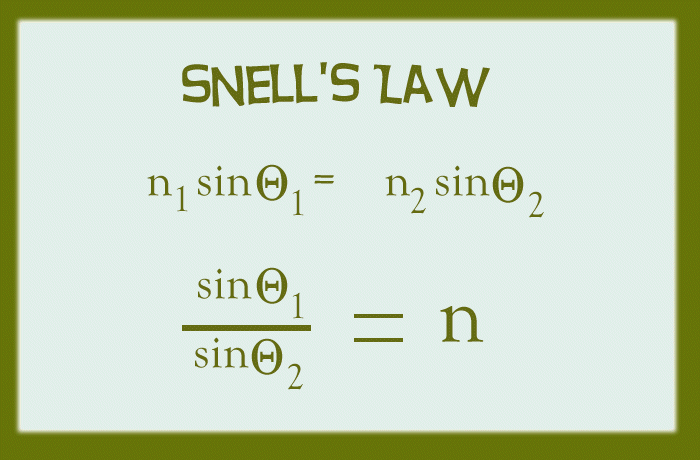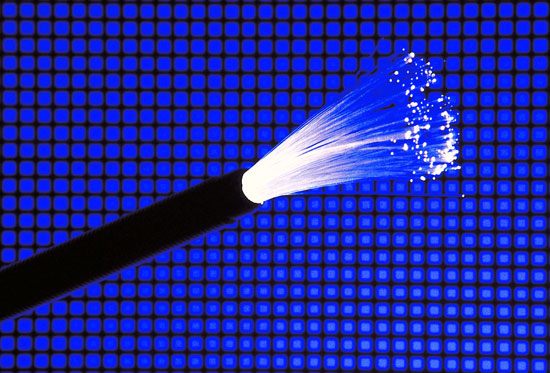Chapter 4.1 Reflection of Light
Laws of reflection:
1st law:
The incident ray, the reflected ray and the normal at the point of incidence all lie on the same plane.
2nd law:
The angle of incidence is equal to the angle of reflection.
-----------------------
There are a few terms in which we must understand before we can proceed.
Incident ray:
the ray of light that strikes the surface
Reflected ray:
the ray of light that is reflected off a surface
Normal:
an imaginary line that is perpendicular to the surface at the point of incidence
Point of incidence:
the point where the incident ray strikes the surface
Angle of incidence:
angle between the incident ray and the normal
Angle of reflection:
angle between the reflected ray and the normal
One of the most important aspect of Light is the construction of Ray diagrams.
-----------------------
There are a few terms in which we must understand before we can proceed.
Incident ray:
the ray of light that strikes the surface
Reflected ray:
the ray of light that is reflected off a surface
Normal:
an imaginary line that is perpendicular to the surface at the point of incidence
Point of incidence:
the point where the incident ray strikes the surface
Angle of incidence:
angle between the incident ray and the normal
Angle of reflection:
angle between the reflected ray and the normal
 |
| This best exemplifies the terms mentioned above. |
---------------------------------
Characteristics of an Image:
The image formed in a plane mirror:
The image formed in a plane mirror:
- has the same size as the object
- is as far behind the mirror as the object is in front of the mirror
- has the same orientation as the object
- is laterally inverted
- is virtual
Note: We described an image using the L.O.S.T. format. (Location, Type, Orientation and Size)
-----------------------------------------------------------
Chapter 4.2 Refraction of Light
 |
| An example of refraction, |
Light ray bends towards the normal when in a optically denser medium.
Light ray bends away from the normal when in an optically less dense medium.
When a light ray strikes perpendicularly to the surface of an optical medium, it passes straight through without refraction.
This is because its angle of INCIDENCE is 0, hence its angle of REFRACTION is also 0.
However, its speed still decreases.
------------------
To measure the refractive index of an optical material, we can use the Snell's Law or divide the real depth by the apparent depth or divide the speed of light in air by the speed of light in the medium.

Reversibility of Light also plays a very important role in this topic.
This is how the critical angle can be found using the Snell's Law.
The critical angle is defined as Critical angle is defined as the angle of incidence in the optically denser medium when the angle of refraction in the optically less dense medium is 90 degree.
When the angle of incidence is greater than the critical angle, total internal reflection will occur and this is a phenomenon in which 100% of the light is reflected within the glass itself.
For total internal reflection to occur, 2 conditions must be fulfilled.
1) The incident ray is in the optically denser medium,
2) The angle of incidence is greater than the critical angle.
A very common and viable application of total internal reflection is that of the optical fibre.

However, its speed still decreases.
------------------
To measure the refractive index of an optical material, we can use the Snell's Law or divide the real depth by the apparent depth or divide the speed of light in air by the speed of light in the medium.

Note: n must be a constant.
----------------------------Reversibility of Light also plays a very important role in this topic.
This is how the critical angle can be found using the Snell's Law.
The critical angle is defined as Critical angle is defined as the angle of incidence in the optically denser medium when the angle of refraction in the optically less dense medium is 90 degree.
When the angle of incidence is greater than the critical angle, total internal reflection will occur and this is a phenomenon in which 100% of the light is reflected within the glass itself.
For total internal reflection to occur, 2 conditions must be fulfilled.
1) The incident ray is in the optically denser medium,
2) The angle of incidence is greater than the critical angle.
A very common and viable application of total internal reflection is that of the optical fibre.

--------------------------------------------------------------------------------------------------------------------

No comments:
Post a Comment